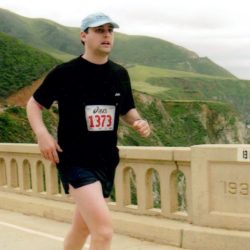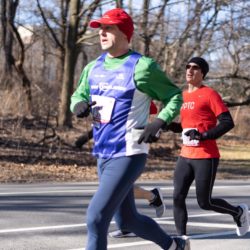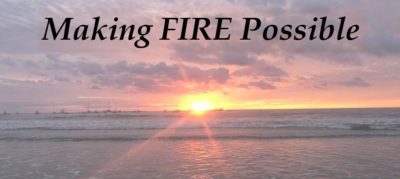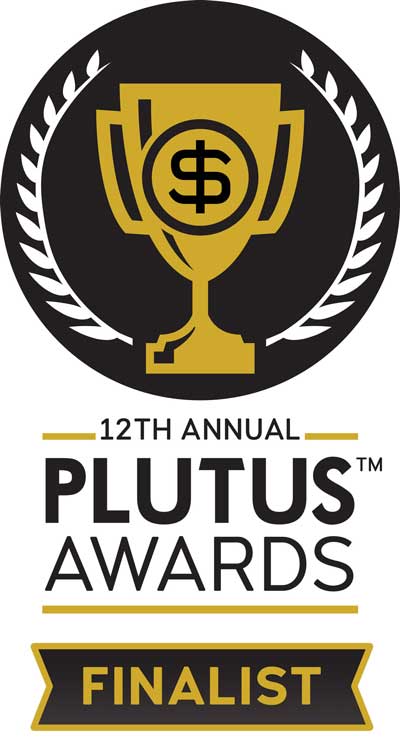I scored an advance copy of Dr. Sanjay Gupta’s new book, Keep Sharp: Build A Better Brain At Any Age, which aims to be a science-driven guide to protecting your mind from decline.
(If you’re an avid reader, look into building a profile on NetGalley, which is where I get many of my free review copies.)
As August is National Wellness Month, it is timely to cover a health-related book, and I was excited to hear what Gupta, a CNN journalist and neurosurgeon, had to say. As it turns out, the recommendations that Gupta shared for keeping the brain healthy can be greatly helped along by the flexibility afforded with a FIRE lifestyle – yet another reason to hit those financial independence milestones.
The good news is that we have a great deal of influence on the health of our brains
Some interesting findings from the brain research summarized in Keep Sharp:
Genes accounted for well under 7 percent of people’s life span….That means that over 90 percent of our health and longevity is in our own hands.
Experience coupled with attention leads to physical changes in the structure and future functioning of the nervous system….moment by moment we choose and sculpt how our ever-changing minds will work. We choose who we will be in the next moment in a very real sense
One in three case of Alzheimer’s may be preventable if that person does everything right.
Gupta goes on to recommend “five pillars of brain health” which include:
- exercise
- diet
- stress management
- relationships
- purposeful activity.
FIRE definitely helps keep those five pillars in check. When I had a traditional corporate job, I had a series of unexplained ailments – loss of balance from time to time, numbness in my hands – and after a battery of tests, the conclusion (or lack thereof) was generally attributed to stress. And I actually liked my job (in HR). I didn’t think it was too stressful and felt like it aligned nicely with my purpose of wanting to help people with their careers.
The commute and hours spent sitting in an office did wreak havoc on my exercise routine (really lack thereof) and my diet. My relationships probably came out the best, as I always prioritized these. However, FIRE even helps there, as I’m more present when I’m with people.
You don’t need to achieve FIRE to manage the five pillars of brain health, but it definitely helps, particularly with the purposeful activity recommendation.
Traditional full-time employment means the majority of your time will be spent on work. While purposeful activity could be work-related, for many people I meet (and as a career consultant I am privy to a lot of professional lives) most people find their meaning and fulfillment in other areas outside of their day job. If you aren’t yet financially independent and have to keep your day job, that means less time on purpose and more on the grind.
Purpose matters according to the findings in Keep Sharp: Feeling you have a purpose in life right now might reduce your risk of future dementia by up to 20%.
Of the five pillars, the most influential to brain health is exercise

I was surprised by this finding, and even more surprised to read that recent research shows 450 minutes per week (slightly more than an hour a day) is the optimal amount of time to exercise. You start to get benefits at far less than 450 minutes, so every minute counts. However, if one hour per day is the ideal, it’s a lot easier to log that kind of time when you have full flexibility over your schedule and no commute.
Scott just finished up his 31-day running challenge for July, so he’s definitely gotten his daily hour of exercise!
I greatly increased my exercise time once I left the corporate grind because I was able to flex my work hours to match the dance classes I liked at my neighborhood Y. These days, we fit in an hour-long walk at the beach for sunrise several times a week. This much beach time was unthinkable before Scott and I had full agency on when and how much we worked.
Here are a few of the things we’ve seen in recent weeks:



The discouraging news about brain health is how early you need to start
An eye-opening finding from Keep Sharp: With dementia that appeared in patients at age 65, the degeneration actually started between ages 35-45.
This put puts another plus on the FIRE column, as the preventative measures you can take are ideally taken when the traditional professional would be mid-career and at their busiest. If you can achieve FIRE or at least be partly there, such that you can negotiate a more flexible job, you can have time for those five pillars of health and the preventative care that is needed to thwart a disease decade in the making.
We weren’t fully flexible till after age 45, but we’re stepping up the brain care now. We do better now along all five pillars of health.
We also get more sleep (another interesting factoid from Keep Sharp: those with disrupted sleep had more than double the risk of developing dementia years later).
Also, I meditate and journal most days, which helps my very analytical brain just wander (Gupta calls daydreaming a ”neural reset button”), and I have time to learn a second language – apparently bilingualism can protect older adult brains even if Alzheimer’s has already started.
My one quibble about the book is the section on caregiving

Growing up in a multigenerational household, I saw the aging process firsthand with my grandparents and how difficult it was for their children (my mom and her siblings) to juggle care along with their own lives – and there were five of them. My grandfather stayed whip smart till the day he died in his late 90’s. My grandmother lived to 100 and stayed pretty sharp for most of it, but suffered from dementia in her last few years.
I also saw many friends struggle with being in the sandwich generation (i.e., tackling child care and elder care at the same time), and FIRE could help alleviate the time and resource crunch for sure.
Gupta acknowledges the key role of caregivers, writing: “The most important person is not the doctor – it’s the caregiver.” In giving an overview of the book, Gupta promised recommendations for caregivers of people suffering from dementia and Alzheimer’s. Another statistic revealed in Keep Sharp shocked me: Caregivers of spouses with dementia are up to six times more likely to develop dementia than people in the general population. Clearly these recommendations can’t come soon enough.
However, there were just a few pages in the last chapter acknowledging the heavy burden of caregiving and an exhortation for caregivers to carve out time for themselves. There were some general time management suggestions and some external resources shared (essentially AARP and The Alzheimer’s Association) but not much new or particularly revelatory.
Caregiving is such a big topic that it really could be its own book. With all the other rich information offered in Keep Sharp, I’m not surprised that the caregiving section had to be cut. However, given the little space provided on the topic, I would have preferred that it just not be covered at all, and no promise of coverage. It was an unnecessary let down after an otherwise excellent book.
“Prevention is the most powerful antidote to illness.” – Sanjay Gupta, in Keep Sharp
Keep Sharp includes a 12-week plan for improving your brain health. The science is summarized very clearly, and the advice is very accessible. You will be moved to take better care of your brain after reading this book.
The release date is January 2021, but you can start working on your five pillars (exercise, diet, stress management, connections and purpose) for National Wellness Month in August!


 We are Scott and Caroline, 50-somethings who spent the first 20+ years of our adult lives in New York City, working traditional careers and raising 2 kids. We left full-time work in our mid-40’s for location-independent, part-time consulting projects and real estate investing, in order to create a more flexible and travel-centric lifestyle.
We are Scott and Caroline, 50-somethings who spent the first 20+ years of our adult lives in New York City, working traditional careers and raising 2 kids. We left full-time work in our mid-40’s for location-independent, part-time consulting projects and real estate investing, in order to create a more flexible and travel-centric lifestyle.  Financial independence and early retirement is not something we originally focused on, but over time realized it was possible. Our free report,
Financial independence and early retirement is not something we originally focused on, but over time realized it was possible. Our free report, 







